In the golden haze of the African savannah, where time seems to stretch and warp under the immense sky, the matriarch lifts her trunk. She is old, her skin a map of wrinkles and scars telling stories decades old. With a low, resonant rumble that travels through the earth itself, she signals her family. This is not merely a call to gather; it is a chapter in an ongoing epic, a living history passed down through generations. For elephants, memory is not an individual trait but a collective, intergenerational inheritance, an oral tradition woven into the very fabric of their complex societies.
The concept of the matriarch as the library of her herd is well-documented but no less astounding for its familiarity. She is the repository of survival knowledge. She remembers distant waterholes, not visited for years, their locations precise in her mind as the dry season parches the land and threatens the family's survival. She recalls the migratory routes her own mother taught her, paths that circumvent human settlements or dangerous terrain. This is practical, immediate knowledge, but it is also historical. The path she chooses might avoid an area where, two generations ago, a cousin was lost to poachers. The waterhole she leads them to is one her grandmother discovered after a period of great drought. The decision is based on a cognitive map that spans not just space, but deep time.
This transfer of knowledge is a constant, subtle process. It is in the way the calves walk trunk-to-tail with their mothers and aunts, learning the rhythms of travel through touch and proximity. It is in the symphony of vocalizations—the deep infrasound rumbles that can travel for miles through the ground, the higher-pitched trumpets of alarm, the gentle chirps of reassurance. Scientists listening to these communications have begun to decipher a complex language of greetings, warnings, and coordination. A specific rumble might identify a known, friendly individual from another clan, a memory of a positive interaction held collectively. Another, more urgent vocalization might perfectly mimic the sound of disturbed bees, warning the entire group of a threat their ancestors learned to avoid millennia ago.
The emotional depth of elephant memory adds a profound layer to this tradition. They are known to perform what can only be described as mourning rituals, gently touching the bones of the deceased with their trunks and feet, lingering over the skulls of matriarchs long gone. This behavior suggests a recognition of death and a connection to individuals who are no longer present. It is a physical engagement with their own history, a tactile remembrance that reinforces social bonds and the continuity of the family unit. The memory of a lost matriarch's leadership or a fallen calf's playfulness persists, influencing the group's behavior and emotional state for years.
Human activity, however, presents a catastrophic disruption to this delicate chain of cultural transmission. The trauma of poaching and culling operations often targets the oldest, largest individuals—the very matriarchs who hold the deepest wells of knowledge. When a matriarch is killed, the herd doesn't just lose a leader; it suffers a cultural collapse. Young, inexperienced females are forced into leadership roles without the guidance of their elders. Studies of such herds show a marked increase in stress and aggression, particularly among young males. They forget. They forget the safe routes, the location of distant resources, and even how to properly respond to the threat of predators. They become unmoored from their own history, forced to navigate an increasingly dangerous world without their ancestral guidebook.
Conservation efforts are now acutely aware of this phenomenon. Protecting elephants is no longer seen as merely preserving a species count, but as safeguarding a culture. Anti-poaching initiatives are critically important, but so is protecting the landscapes that hold their historical memories—the ancient migratory corridors and the seasonal waterholes. Some projects even focus on rehabilitating orphaned elephants by introducing them to stable, older females who can, in time, begin to impart the lost knowledge, attempting to rebuild a broken chain of tradition. It is a race against time to protect these living libraries before their stories are erased forever.
Ultimately, the elephant's intergenerational memory holds a mirror to our own human experience. Their oral tradition, built on matriarchal wisdom, communication, and shared experience, is a powerful, non-human example of culture. It challenges the very definition of history, suggesting that a deep, socially-bonded connection to the past is not a uniquely human trait but a vital strategy for survival in the animal kingdom. The matriarch’s rumble is more than sound; it is the voice of history itself, a resonant thread connecting the past to the present, ensuring that the story of her family continues.

By /Aug 21, 2025
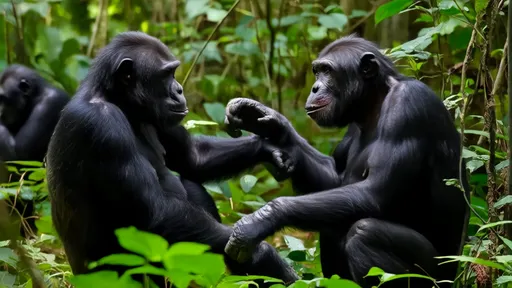
By /Aug 21, 2025
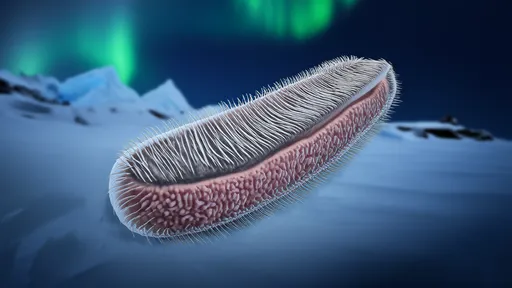
By /Aug 21, 2025
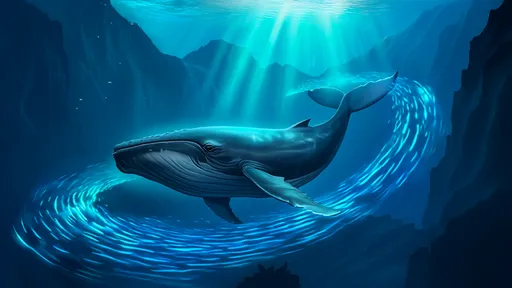
By /Aug 21, 2025
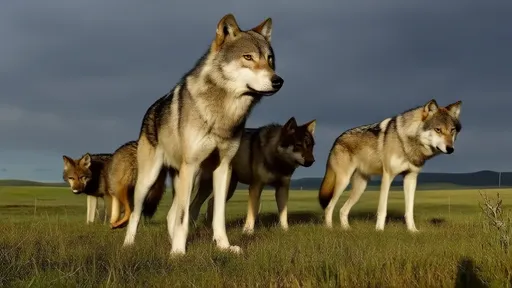
By /Aug 21, 2025
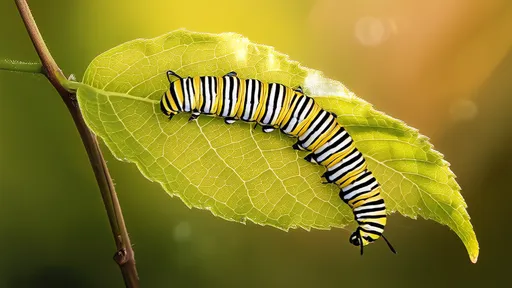
By /Aug 21, 2025
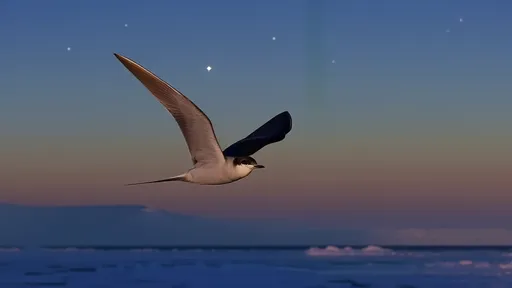
By /Aug 21, 2025
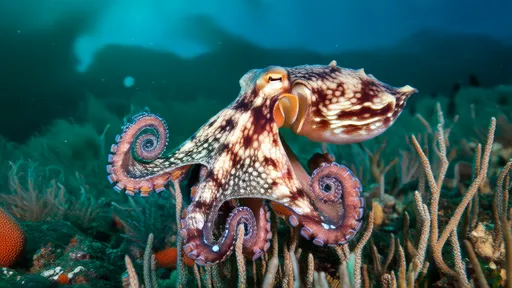
By /Aug 21, 2025
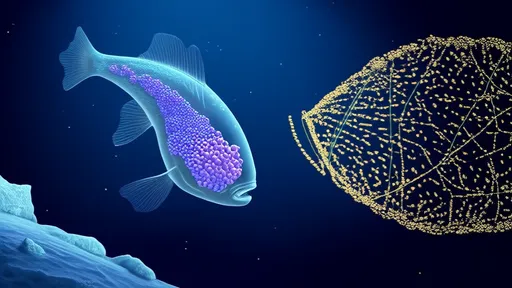
By /Aug 21, 2025
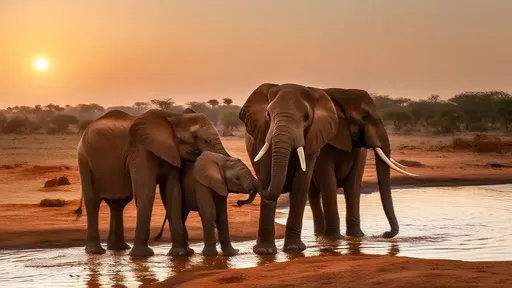
By /Aug 21, 2025
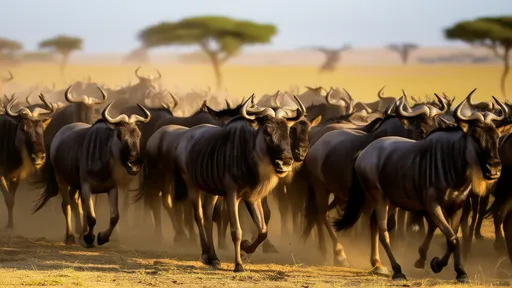
By /Aug 21, 2025
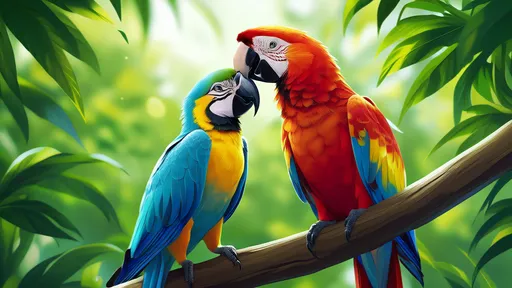
By /Aug 21, 2025
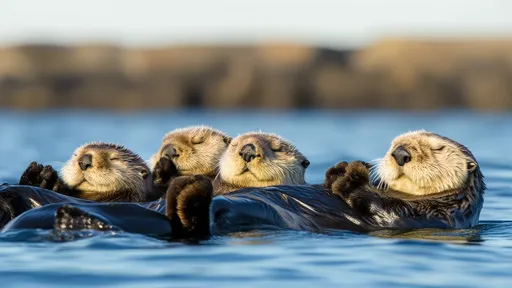
By /Aug 21, 2025
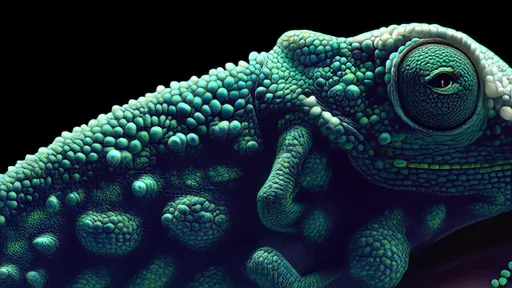
By /Aug 21, 2025
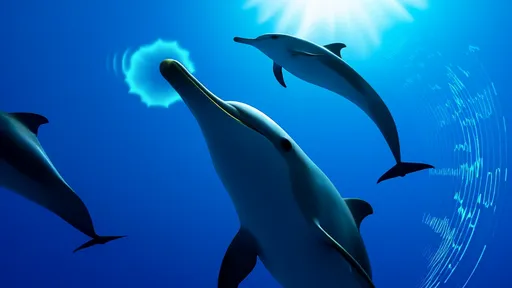
By /Aug 21, 2025
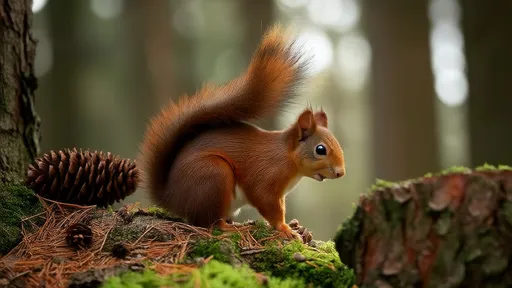
By /Aug 21, 2025
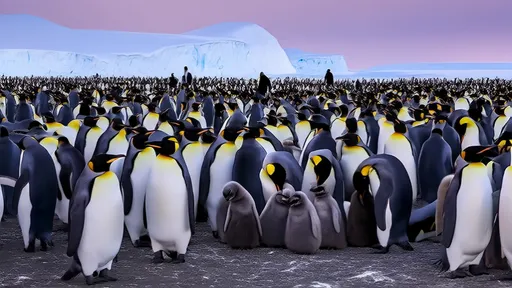
By /Aug 21, 2025
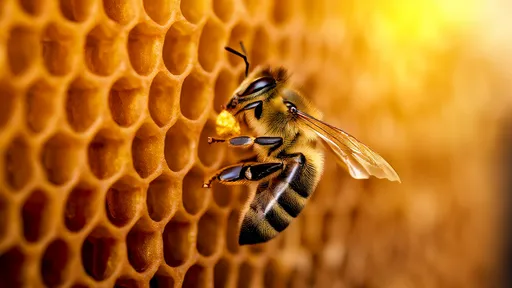
By /Aug 21, 2025
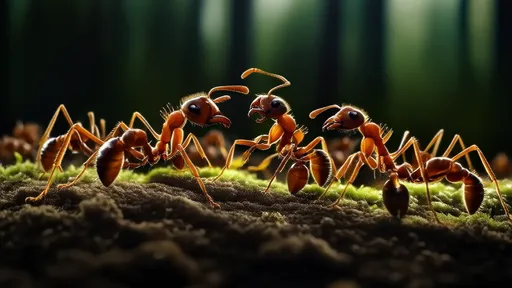
By /Aug 21, 2025
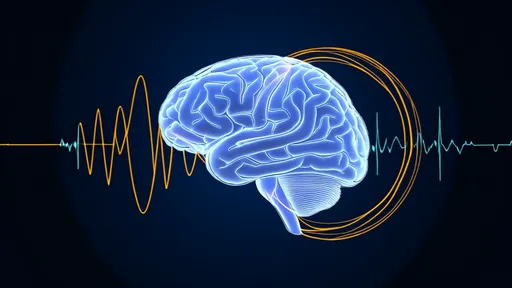
By /Aug 21, 2025